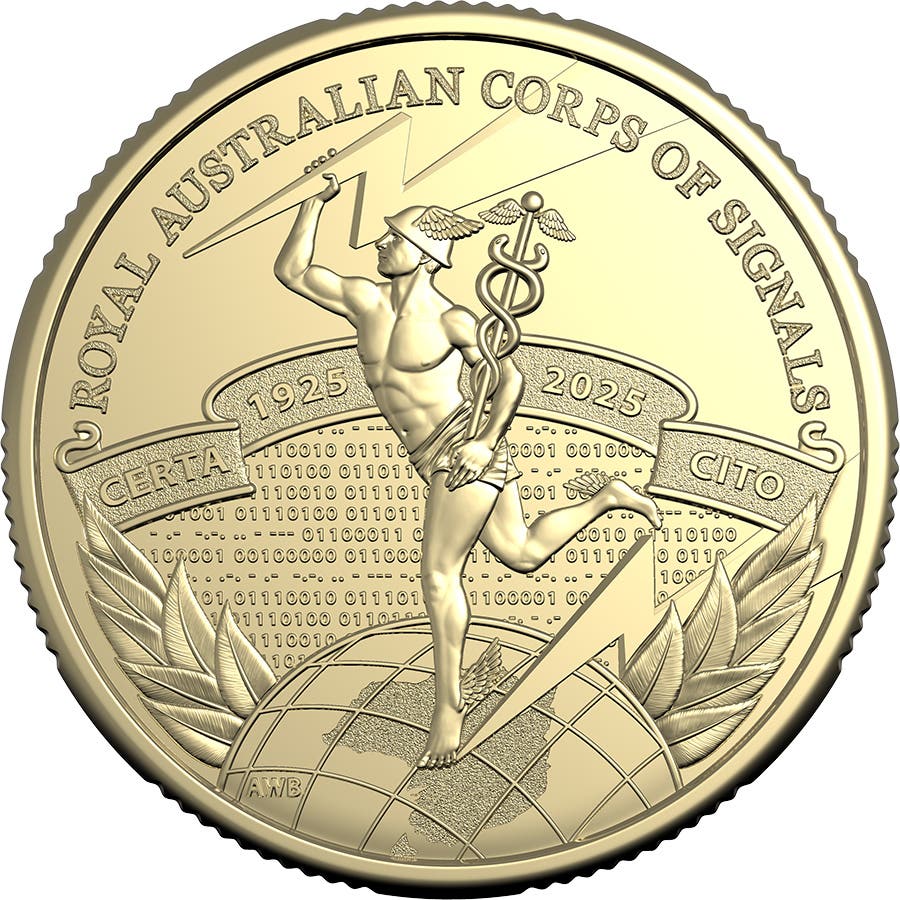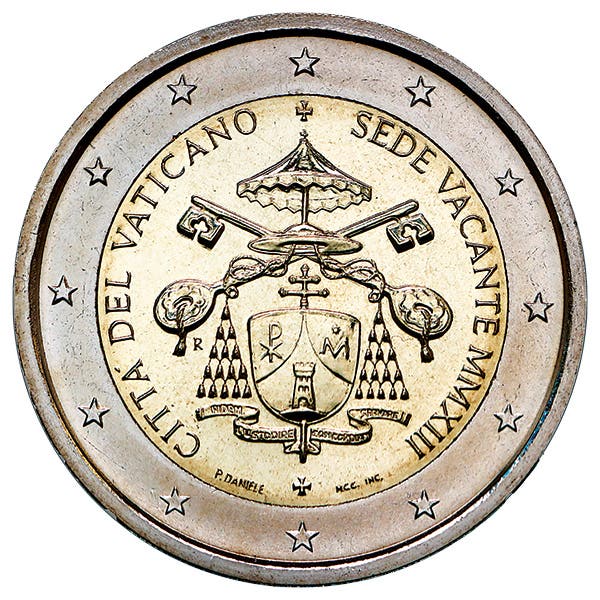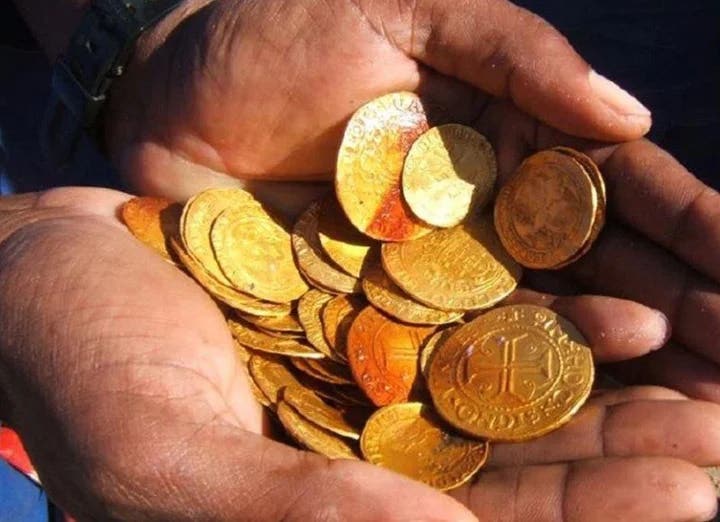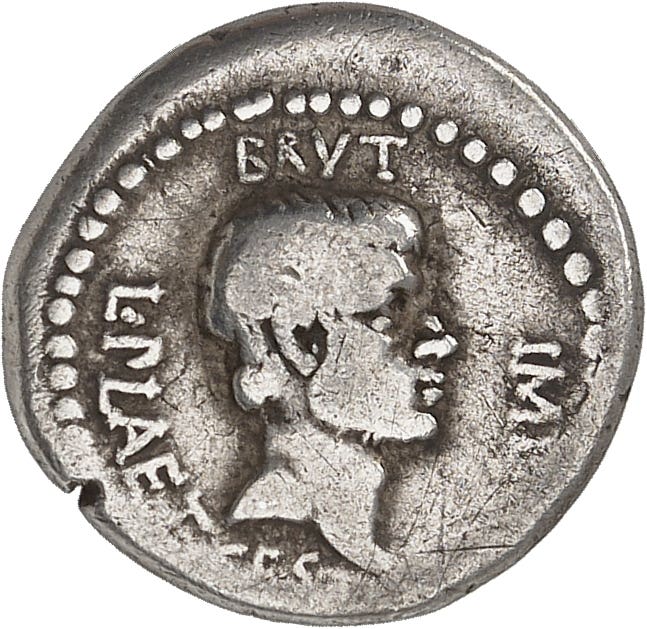Gadoury sale packed with rarities
Each annual sale of Éditions Victor Gadoury in Monaco provides a top-drawer event for collectors across the globe. This year’s auction is no exception. It is to be held on…
Each annual sale of Éditions Victor Gadoury in Monaco provides a top-drawer event for collectors across the globe. This year’s auction is no exception. It is to be held on Nov. 16-17, followed on Nov. 18 by the traditional “Grande Bourse.”
The 2018 catalog is headed by numismatic rarities of Casa Savoia – “The Property of a Gentleman of the [Savoy] Royal Family.” This collection commences with a coin of Humbert II (1080-1103), the great-grandson of the dynasty’s founder. It extends to the coins, medals, and decorations of Victor Emmanuel III, the last Savoy monarch who abdicated from the throne of Italy in 1946. Seldom-seen rarities abound.
Typical is a 1610 Type II 10 scudi d’oro of Duke Charles Emmanuel I, a.k.a. “Testa d’feu” [The Hot-Headed]. Struck in Turin, just three examples of this heavy gold coin are known. That on offer comes in Numismatic Guaranty Corporation MS60 and carries an estimate of 200,000 euro.
From a little earlier in history is a probable unique Type II ducato d’oro of Duke Charles I (1482-1490) that carries the first coin portrait of any member of the House of Savoy. Its provenance includes “The Stack Collection of Italian Renaissance Coins.” In EF, the estimate is 50,000 euro.
At the other end of the Savoy timeline is a rare essay 100 lire struck in Rome in 1910 for Victor Emmanuel III. Graded NGC PROOF66, the estimate is 150,000 euro.
Collectors of ancients are well catered to with a large number of high-quality Roman aurei and solidi. Of note here is a very rare aureus Trajan minted for his wife, Plotina. It comes in a desirable NGC AU 5/5–3/5 and carries an estimate of 20,000 euro.
The selection of gold coins from the final phase of the Western Roman Empire is impressive. Among other rarities are the coins of emperors seldom offered at auction, e.g. Majorian, Libius Severus, Ricimer (in the name of Leo I), and Anthemius.
The catalog needs close inspection to appreciate the rarity and quality of other world coins. These include a Czechoslovakian 10 ducats of 1929 in PCGS MS66; a Venetian sequin of 1656 in PCGS MS62; a French gold écu au bandeau of Louis XV struck at Paris in 1740 in PCGS SP62; and an unpublished Monegasque half écu (= 30 sols) of Louis I from 1663.
No Victor Gadoury catalog would be complete without a magnificent surfeit of historic medals and medallions. Star of this show must be the unique 1904 gold medal struck by the Republic of Columbia for Lucien Napoléon Bonaparte-Wyse, son of the niece of Napoléon I. This item holds vast historical importance for all American collectors.
Bonaparte-Wyse was a French engineer who was commissioned by Compagnie universelle du canal interocéanique de Panama to make a feasibility study of building a canal across the Panama isthmus. He concluded it was not only possible but obtained a concession valid for 99 years from the Colombian government to build and operate such a canal. The massive project soon became bogged down in cost overruns and widespread political corruption in France.
Lobbying of U.S. politicians by French investors saw America move to take over the project. When Colombia objected, President Roosevelt responded with a little gunboat diplomacy. Bonaparte-Wyse then wrote an open letter to Roosevelt to make the world aware of the deceitful actions of the U.S. government. Although this intervention was ineffective, Columbia expressed its gratitude to Bonaparte-Wyse by striking a gold medal – that being offered at this Gadoury auction with an estimate of 10,000 euro and graded NGC MS62.
The sale catalog can be ordered from Éditions Victor Gadoury: 57, rue Grimaldi, 98000 Monaco or e-mail: contact@gadoury.com. It is also available online from www.auction.gadoury.com. Live-bidding via the Internet is possible on www.biddr.ch. [1 euro = $1.16].
This article was originally printed in World Coin News. >> Subscribe today.
If you like what you've read here, we invite you to visit our online bookstore to learn more about Standard Catalog of World Coins, 1601-1700.








